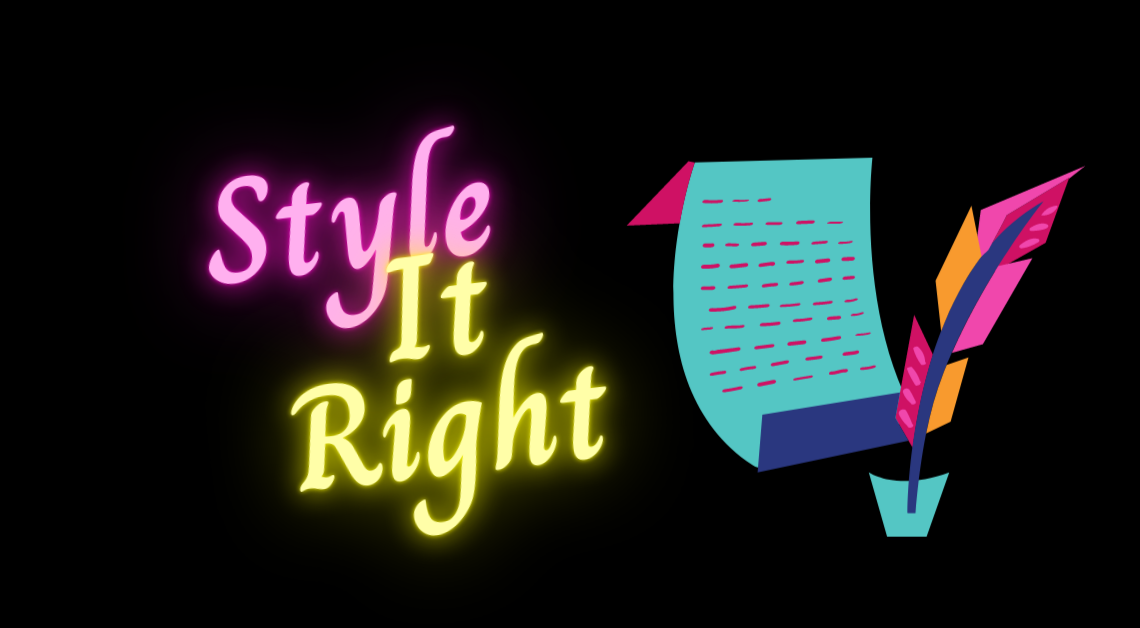It’s important to note that creative services encompass much more than just the visual elements. The written content is also key and knowing how to write for a specific audience is crucial to getting your message across. Not every piece of copy written is for an ad, just like not every graphic created is for social media. Knowing your audience and what written content will reach them is an important part of the creative process, too.
 The two main categories of writing in business-to-business marketing world both hold value depending on what stage a customer or prospect may be in at a given point. Creative writing speaks in fairly general, broad terms and is designed to appeal to many different audiences simultaneously, whereas technical writing tends to get into the nitty gritty details and focus on specific aspects of a technology, application or market focus. While there’s no hard and fast line between the two, there are certain stylistic elements and included content that define each genre.
The two main categories of writing in business-to-business marketing world both hold value depending on what stage a customer or prospect may be in at a given point. Creative writing speaks in fairly general, broad terms and is designed to appeal to many different audiences simultaneously, whereas technical writing tends to get into the nitty gritty details and focus on specific aspects of a technology, application or market focus. While there’s no hard and fast line between the two, there are certain stylistic elements and included content that define each genre.
Creative Writing: Generate the Question
Creative writing is done mostly to entertain and give broad context; however, it can also educate. It focuses on the imaginative in a thought-provoking way with the goal to inspire the reader to think about different perspectives. Creative writing aims to give readers points of context and expand how one views a particular subject. This is a more artistic, generally subjective style of writing that uses suggestive vocabulary, typically organized around a more general theme. Nothing about creative writing is necessarily systematic or specialized.
In marketing, creative writing is often reserved for advertisements, blogs and social media. This is because it’s designed to catch peoples’ attention and draw them in. Copy that’s styled creatively is generally an easy read and provokes the reader in some way – whether being called to action or leaving the reader with a lingering thought.
Think about the creatively written ads you have seen in your lifetime. Let’s face it, after you walked away from the ad, you were left with some sort of impression. It just popped into your head now, yes? Case in point…and creative!
You may have thought more about what you saw and contemplated looking further into the product or company. That’s what creative writing does. It plants seeds of curiosity or interest, leaving the customer wanting to learn more.
Technical Writing: Provide the Answer
Technical writing focuses on straightforward, factual content and offers…well… technical information. It can be scientific, mechanical, industrial, but whatever its nuances, the purpose is to talk at a level designed for experts in a specific field. This type of writing is very specialized and is written to inform and educate about a specific product or topic. In other words, it seeks to provide the answers to the questions your readers may have.
 In some cases, it assumes a certain level of prior knowledge on the part of the reader and enables the writer to dive deep into elements of a topic that provide further levels of understanding. It can get pretty heavy. But technical writing can also serve as a tool to help educate those not familiar with a concept and provide baseline information for them to establish the needed understanding and formulate a list of jump-off points where they can dig into some of that deeper content, based on interest or need.
In some cases, it assumes a certain level of prior knowledge on the part of the reader and enables the writer to dive deep into elements of a topic that provide further levels of understanding. It can get pretty heavy. But technical writing can also serve as a tool to help educate those not familiar with a concept and provide baseline information for them to establish the needed understanding and formulate a list of jump-off points where they can dig into some of that deeper content, based on interest or need.
Technical writing is usually seen in whitepapers, tutorial articles and press releases and strives to reach a very specific reader and audience, traditionally written in a more formal and standardized writing style.
But it isn’t just about paragraphs on the page, it’s also about table of contents, index, labels, charts, photos and graphs and ensuring information is organized in a systematic and sequential manner. There’s really no room for ‘fluff’ in technical writing.
Which To Use and Why
Your marketing strategy should include both types of writing styles since you’re communicating different types and levels of information. Think of things in terms of a buyer’s journey. On the outset, they need context and relevancy; they are asking questions and you are giving them points to ponder. Creative writing paints with a broad brush and can make different concepts or technologies applicable to different environments. It helps to give readers a stake in the ground, or an “oh, yeah” moment.
Once they’ve seen the light, technical writing begins to focus them on a path towards the write (sorry…) the “right” solution. This is where more specific, factual information becomes important in the decision-making process. Now you’re providing the answers.
There are times and places for both types of writing styles, so think about how your customers consume content, where do they have questions and when do they seek answers. This will help you strategize the proper content to meet them on their journey.
It’s All Storytelling
What makes technical writing and creative writing so different is that technical writing is objective, while creative writing is subjective. But in both cases, it’s still about storytelling. Technical writing requires a way to tell a compelling, formal story to get the readers captivated. With creative writing, it’s important to write casually to keep the readers entertained. Either way, the reader wants to come away with something of value so be sure to educate and inform not tell and sell.
